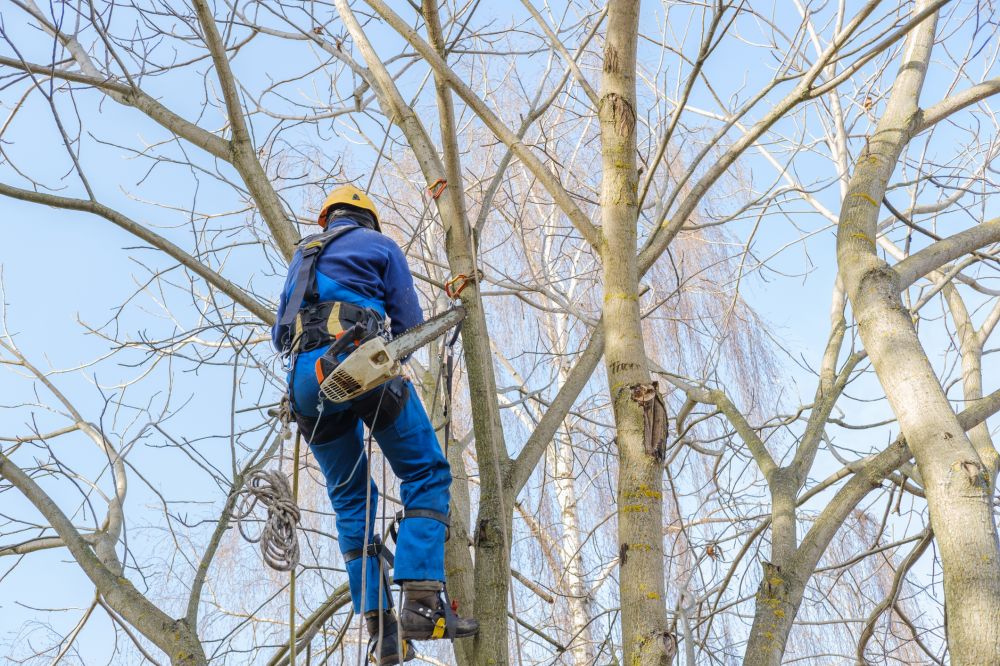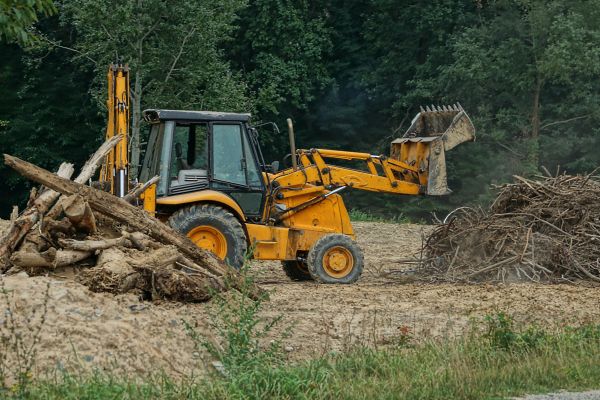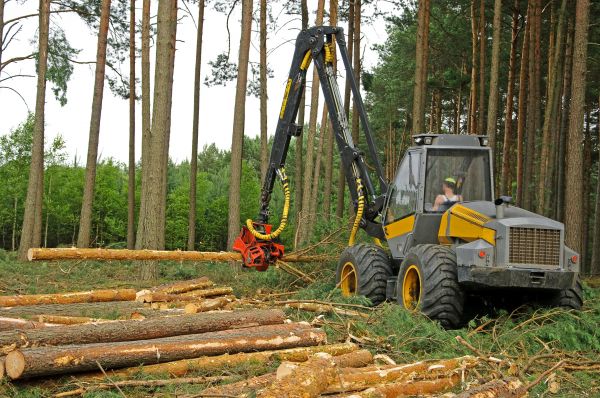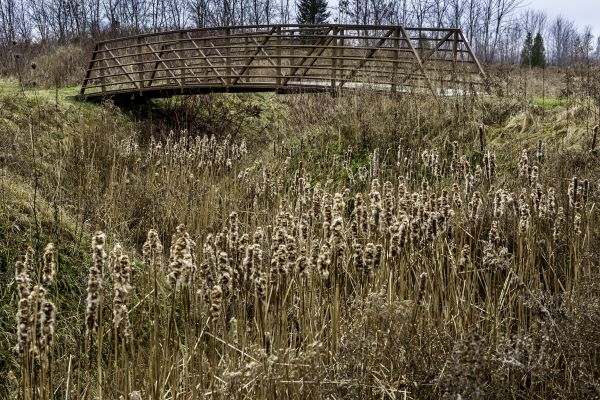Forest Thinning Service
Affordable Forest Thinning
Forest thinning is a critical forest management practice aimed at improving the health and resilience of forest ecosystems. By selectively removing certain trees, forest thinning reduces competition for resources such as sunlight, water, and nutrients, allowing the remaining trees to grow stronger and healthier. This process not only enhances the overall vitality of the forest but also reduces the risk of catastrophic wildfires by decreasing the amount of combustible material. Additionally, forest thinning can improve biodiversity by creating a more varied habitat, which supports a wider range of plant and animal species.
Benefits of Forest Thinning
-
Improved Forest Health
Thinning helps to alleviate stress on trees by reducing competition for essential resources. This leads to healthier trees that are better able to withstand pests, diseases, and environmental stresses, ultimately enhancing the forest's resilience. -
Reduced Wildfire Risk
By decreasing the density of trees and removing excess underbrush, forest thinning reduces the potential fuel for wildfires. This makes it easier to manage and control fires, protecting both the forest and nearby communities. -
Enhanced Biodiversity
Thinning creates a more diverse forest structure, which supports a variety of wildlife habitats. This increased diversity can lead to a richer ecosystem, fostering a wider range of plant and animal species. -
Increased Water Yield
With fewer trees competing for water, more moisture is available in the soil and can contribute to higher water yields in streams and rivers. This can be particularly beneficial in areas where water resources are limited.
FAQs About Forest Thinning
What is forest thinning?
Forest thinning is the selective removal of trees in a forest to improve the health and growth of the remaining trees and reduce the risk of fire.
Why is forest thinning necessary?
Forest thinning is necessary to manage forest density, promote healthy tree growth, reduce fire hazards, and enhance biodiversity within forest ecosystems.
Does forest thinning harm wildlife?
No, when done correctly, forest thinning can actually benefit wildlife by creating a more varied habitat and increasing the availability of resources.
How often should forest thinning be performed?
The frequency of forest thinning depends on the specific conditions and management goals of the forest. It is typically performed every few years, but the exact timing can vary.
Ready to enhance your forest's health and safety? Fill out the contact form today to request professional Forest Thinning services and experience the numerous benefits of a well-managed forest.




